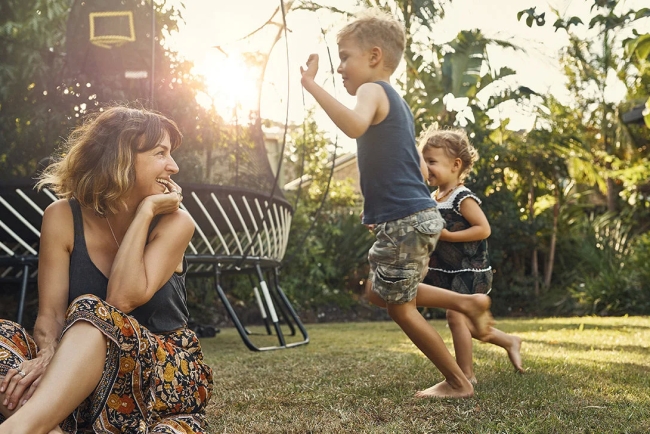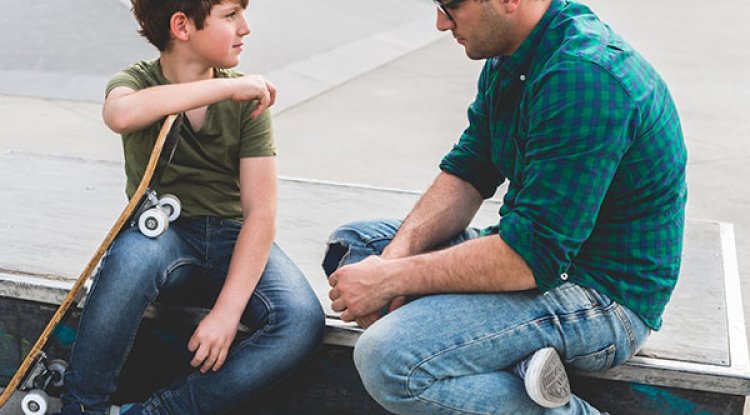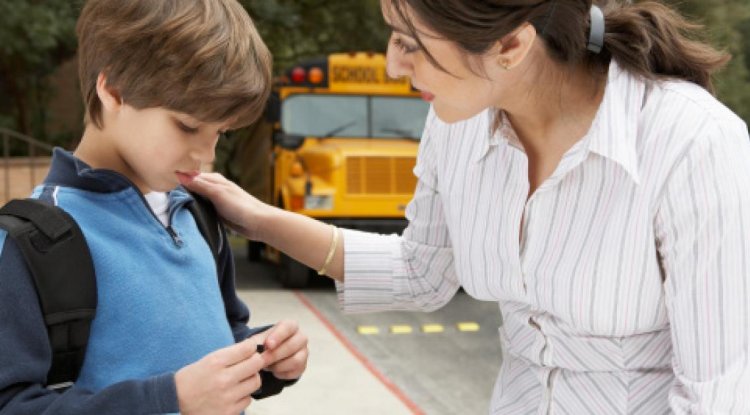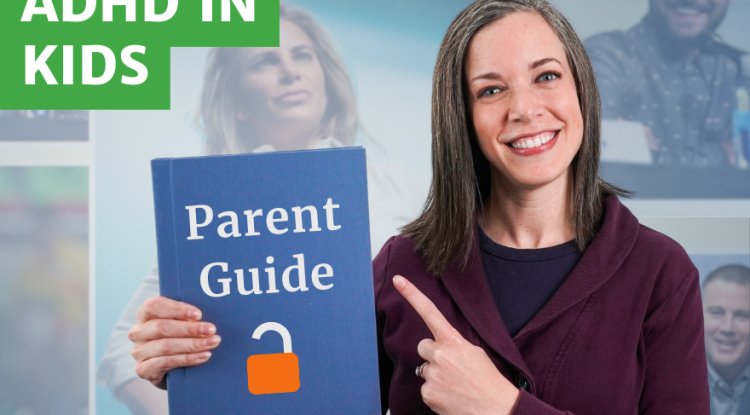5 Honest Things Every Parent and Teacher Should Know About ADHD
If you’ve ever loved or taught a child who just can’t seem to sit still, stay focused, or finish a task no matter how hard they try you’ve likely brushed up against ADHD. It’s one of the most common childhood conditions out there affecting about one in every ten kids and yet, it’s still wrapped in confusion and misunderstanding. Too many people still think it’s about bad behavior, bad parenting, or lack of discipline. It’s none of those things.
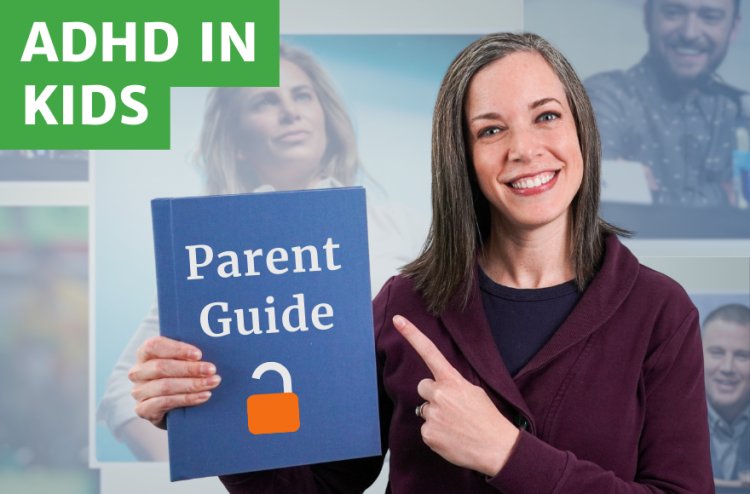
Let’s clear the fog. Here are five things every parent, teacher, or caregiver really needs to know about ADHD, not the textbook version, but the real one.
1. ADHD isn’t about laziness, it's about how a child’s brain works.
Every kid loses focus, acts on impulse, or fidgets in their seat sometimes. That’s normal. But for a child with ADHD, it’s not “sometimes.” It’s every day, in every place home, school, playdates, everywhere.
And it’s not because they’re choosing to be “difficult.” Their brain just runs on a different rhythm fast, curious, easily pulled toward the next interesting thing. What looks like chaos from the outside often feels like noise they can’t turn down.
These symptoms have to actually interfere with daily life to count as ADHD. That means trouble finishing homework, following directions, or staying on task long enough to get things done.
ADHD usually shows up early sometimes before kindergarten and while many kids mellow as they grow, others carry it right into adulthood, where the challenges just wear different clothes.
2. There’s more than one kind of ADHD.
ADHD isn’t one-size-fits-all. In fact, there are three main types:
Inattentive Type: These are the daydreamers. They lose track of directions, forget homework, and seem “spacey,” but they’re often quietly struggling inside. (This type shows up more in girls.)
Hyperactive/Impulsive Type: These kids are constantly moving, blurting, climbing, talking, touching not because they want to cause trouble, but because their body won’t stop telling them to move.
Combined Type: A mix of both distracted and restless, thoughtful one moment and impulsive the next.
So when someone says, “They can’t have ADHD they can focus on video games for hours!” remember: kids with ADHD can focus but only when something completely lights up their interest. That’s how their brains are wired.
3. ADHD is not behavioral; it is biological.

The truth is that a child's attitude is not what causes ADHD; it is the brain.
According to MRI research, children with ADHD develop differently in specific brain areas that are in charge of focus, impulse control, and emotional equilibrium.
It also runs in families. If you have ADHD, there’s a 50/50 chance your child might, too.
So when someone says “just make them try harder,” it’s like asking a nearsighted kid to squint harder instead of giving them glasses. The problem isn’t effort it’s wiring.
And when we understand that, everything changes. We stop blaming and start helping.
4. ADHD has an impact on all facets of life, not just grades.
School is where ADHD gets noticed first, lost homework, missing assignments, the “please just sit still for five minutes” moments. But that’s only the tip of the iceberg.
At home, ADHD can make mornings chaotic and evenings exhausting. A simple request like “brush your teeth” can turn into a ten-minute journey through distraction.
Socially, it’s no easier. Impulsivity can make friendships tricky, blurting something out, interrupting a game, missing a social cue. And when kids realize they’re “different,” frustration and shame can crIn addition to ADHD, some kids also struggle with anxiety or learning disabilities, which can make things more difficult. They therefore require more than simply discipline; they also require comprehension, organization, and a support system.Keep in.
In addition to ADHD, some kids also struggle with anxiety or learning disabilities, which can make things more difficult. They therefore require more than simply discipline; they also require comprehension, organization, and a support system.
5. ADHD is absolutely manageable and kids can thrive.

Let’s flip the story for a second. It is common for children with ADHD to be highly bright, creative, curious, and quick-witted. All they need is the right kind of support to channel that energy instead of allowing it to overwhelm them.
What genuinely helps is this:
When used appropriately, medication is not a "fast fix." By enabling the brain to slow down sufficiently to concentrate and make decisions, it is a tool that helps level the playing field.
Behavior therapy: Assists children in developing healthier habits, self-awareness, and emotional regulation. Instead of punishing, it is about teaching skills.
Training for Parents and Teachers: Adults who have a better understanding of ADHD are better able to calmly and consistently guide it.
Teenagers in particular benefit from coaching and mentoring since it helps them set reasonable objectives, manage their time, and stay organized.
A youngster with ADHD begins to flourish when they feel heard and supported. They settle into a rhythm. They discover that their brain is simply constructed differently and is not broken.
What's Your Reaction?








